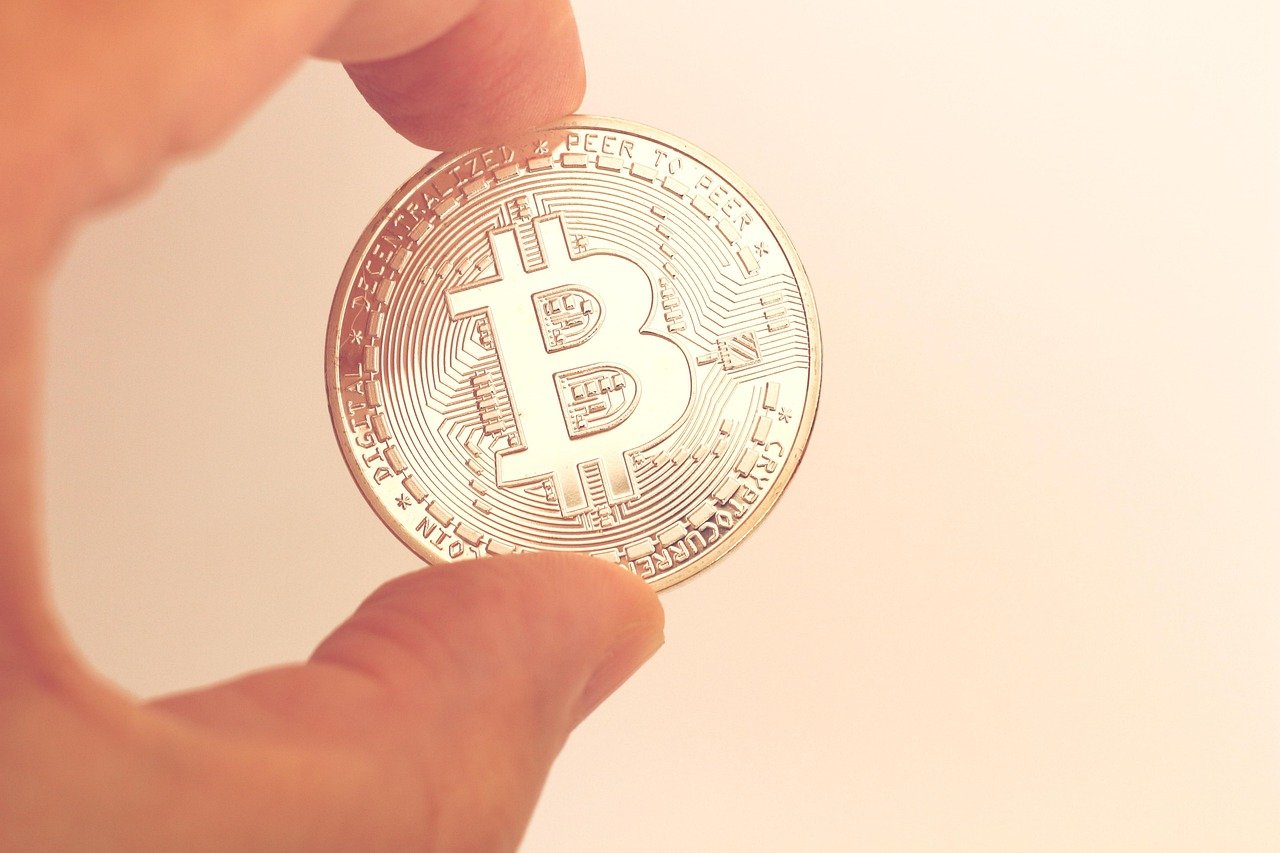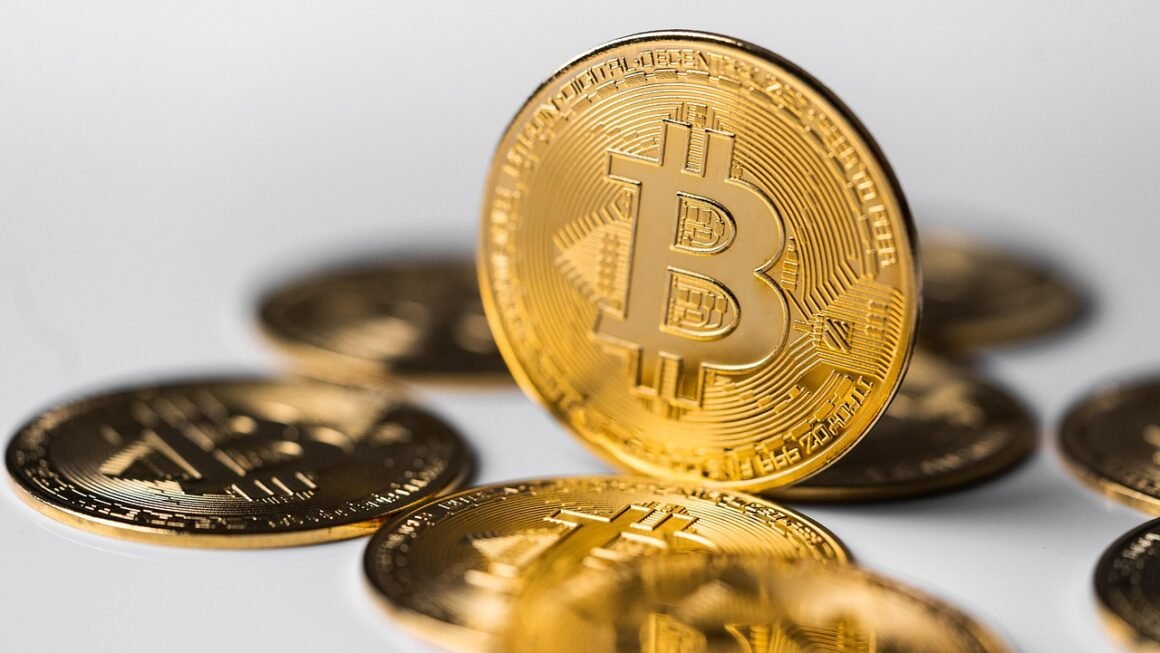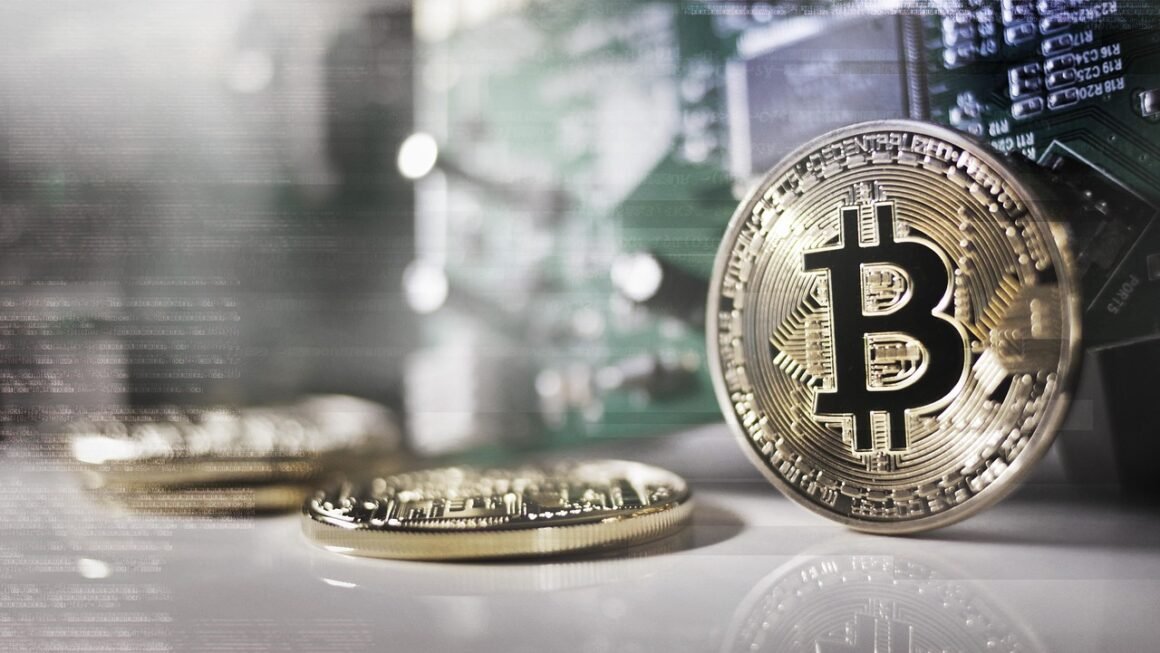Imagine a company incinerating a portion of its own stock to increase the value of the remaining shares. Token burning, in the crypto world, is conceptually similar. It’s a deliberate process where a specified number of cryptocurrency tokens are permanently removed from circulation, often leading to a decrease in overall supply and potentially affecting the token’s value. But why would a project willingly destroy their own tokens? Let’s delve into the mechanics and motivations behind this intriguing strategy.
Understanding Token Burning
What is Token Burning?
Token burning is the process of permanently removing a specific number of tokens from the total circulating supply of a cryptocurrency. These tokens are sent to a designated “burn address,” which is an address that is publicly known but inaccessible, effectively making the tokens irretrievable. Think of it as sending the tokens into a black hole from which they can never return.
How Does it Work?
The process involves sending tokens to a burn address, a cryptographic address with no known private key. Since no one can access this address to spend the tokens, they are effectively destroyed. The burning event is usually transparent and recorded on the blockchain, providing verifiable proof that the tokens have been removed from circulation.
- A project announces a token burn event.
- The specified number of tokens is sent to a burn address.
- The transaction is recorded on the blockchain, verifiable by anyone.
- The total supply of the token is permanently reduced.
Token Burn vs. Coin Burn: What’s the Difference?
While the terms “token burn” and “coin burn” are often used interchangeably, there’s a subtle difference. Generally, “coin burn” is used for native cryptocurrencies on their own blockchain (like burning Bitcoin), while “token burn” is used for tokens built on existing blockchains like Ethereum (ERC-20 tokens) or Binance Smart Chain (BEP-20 tokens). The underlying principle of permanently removing units from circulation remains the same.
Reasons for Token Burning
Scarcity and Value Appreciation
The most common reason for token burning is to create scarcity and potentially increase the value of the remaining tokens. By reducing the supply, the demand for the token may remain constant or increase, leading to a higher price per token.
- Example: Imagine a token with a supply of 1 million. Burning 500,000 tokens halves the supply. If the demand remains the same, each remaining token should theoretically be worth double what it was before the burn.
Stabilizing Token Price
Token burning can also be used to stabilize a token’s price, especially after an Initial Coin Offering (ICO) or Initial DEX Offering (IDO) where a large number of tokens are initially distributed. Burning excess tokens can help prevent significant price drops due to early investors selling their holdings.
Proof-of-Burn Consensus Mechanism
In some blockchains, token burning is an integral part of the consensus mechanism. In Proof-of-Burn (PoB), miners “burn” a certain amount of their tokens to earn the right to validate transactions and create new blocks. The more tokens a miner burns, the higher their chances of being selected.
Rewarding Token Holders
Some projects use token burning as a way to reward their community and incentivize long-term holding. By reducing the token supply, the remaining tokens become more valuable, benefiting those who are holding them.
Addressing Inflation
Cryptocurrencies with inflationary tokenomics (where new tokens are regularly created) may use token burning to offset the effects of inflation and maintain a stable value.
Examples of Token Burns in Practice
Binance (BNB)
Binance, one of the world’s largest cryptocurrency exchanges, regularly burns BNB tokens quarterly. They commit to burning BNB until 50% of the total initial supply (200 million BNB) is destroyed. These burns are tied to Binance’s profits, demonstrating a commitment to long-term value creation for BNB holders. The amount of BNB burned each quarter varies depending on Binance’s trading volume and revenue.
Shiba Inu (SHIB)
The Shiba Inu community and developers have implemented various mechanisms to burn SHIB tokens, aiming to reduce its vast circulating supply. These mechanisms include burning tokens through specific ecosystem activities (like renaming Shiboshi NFTs) and dedicating a portion of transaction fees to burning.
Terra Classic (LUNC)
Following the collapse of the Terra ecosystem, the community has been actively burning LUNC tokens in an attempt to revive the price. This is largely a community-driven initiative and exemplifies how token burning can be employed as a recovery strategy (although its effectiveness remains highly debated).
The Impact of Token Burning
Potential Benefits
- Increased Scarcity: The primary benefit is a reduction in supply, which can potentially lead to price appreciation if demand remains constant or increases.
- Price Stability: Burning can help stabilize the price, especially after large token distributions.
- Investor Confidence: Regular token burns can signal a project’s commitment to its token and its holders.
- Improved Tokenomics: Burning can help adjust the tokenomics to create a more sustainable and valuable ecosystem.
Potential Risks and Limitations
- No Guarantee of Price Increase: Burning tokens does not automatically guarantee a price increase. The market is complex, and other factors such as overall market sentiment, project adoption, and competition can also significantly influence price.
- Market Manipulation Concerns: If not done transparently, token burning could be perceived as a form of market manipulation.
- Limited Impact for High-Supply Tokens: For tokens with extremely large supplies, even significant burns may have a limited impact on the price.
Conclusion
Token burning is a powerful tool that cryptocurrency projects can use to manage their token supply, potentially enhance value, and build trust with their community. While it’s not a guaranteed path to success, strategic and transparent token burns can contribute to a more sustainable and valuable cryptocurrency ecosystem. Investors should always consider the reasoning behind a token burn, the project’s overall goals, and the broader market conditions when evaluating the potential impact. Always do your own research and understand the risks involved before investing in any cryptocurrency.



